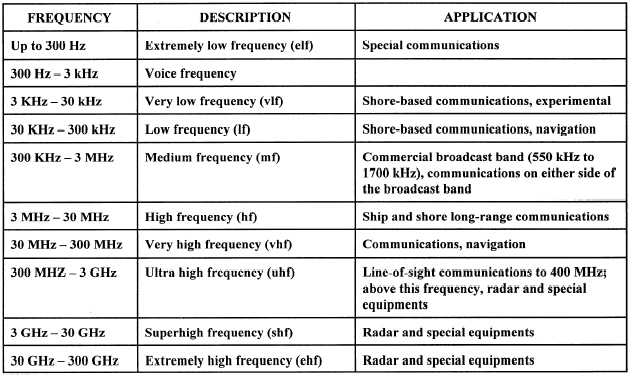Table 1-1.—Frequency Bands and Their Applications
In the radio transmitter, the data signals (discrete
or tones) are modulated (impressed) on to the carrier
frequency and transmitted into space when the
transmitter is keyed. A receiver tuned to the carrier
frequency picks up the signal and demodulates the
data-carrying signals from the carrier. The data
signals can then be converted to digital data by the
appropriate devices. For more information on radio
operations, refer to Navy Electricity and Electronics
Training
Series
(NEETS),
Module
17— Radio-Frequency Communications Principles.
THE DECIBEL MEASUREMENT SYSTEM
Technicians who deal with communications
equipment often speak of the gain of an amplifier or
a system in units called decibels (dB). Decibels are
used as an indication of equipment performance;
therefore, you need a basic understanding of the
decibel system of measurement.
As the actual calculation of decibel measurement
is seldom required in practical applications, the
explanation presented in this text is somewhat
simplified. Most modern test equipment is designed
to measure and indicate decibels directly. This design
eliminates the need for complicated mathematical
calculations. Nevertheless, because many data link
system alignment procedures center around dB
readings and references, you need to understand the
significance of an equipment gain rating as expressed
in decibels.
The equipment used in communications systems
consists of several components, such as amplifiers,
communications lines, antennas,
couplers, and
switches. Each component in the system will affect
the signal by introducing a signal loss or gain. These
losses and gains can be described by a ratio of the
power input and output by the equipment or cable.
The ratio can be calculated
formula:
Output power
=
Input power
by using the following
Power ratio
If a communications system has four components,
the gain or loss at each component must be calculated
and these ratios multiplied. The following is an
example
of the gain/loss
calculation of a
four-component system:
1-3


